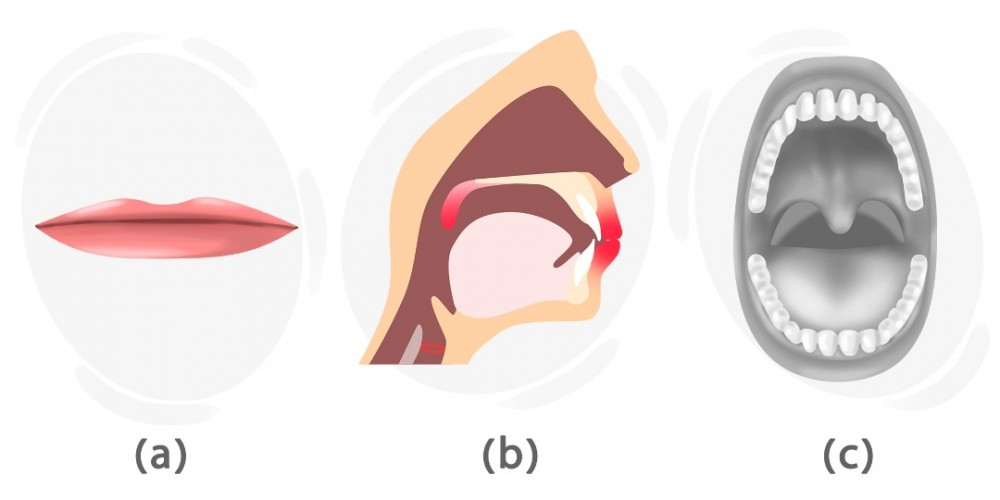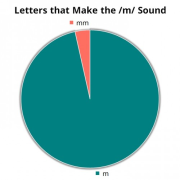How to Pronounce the /m/ Sound

In this lesson, we are going to learn about how we can produce the /m/ sound with the appropriate articulatory organs.
What Type of Sound Is /m/?
/m/ is a consonant sound in the English language.
How to Produce /m/?


As you can see in the picture (a), the lips are simply put on each other, just like when we want to be silent and keep our mouths closed. If you take a look at picture (b), the tongue remains in its place and does not participate in the production of this sound. The circle in the throat is red which indicates that the vocal cords play a part here; so, it is voiced. To produce this sound, we close our mouths and start vibrating our vocal cords, making a humming tune. As you can see in picture (b), the uvula has not blocked the air passage. So, the air goes up and comes out from the nose. That is the reason we call this sound "nasal."
In picture (c), you can see clearly that no parts of the mouth make contact with the tongue. So, it clarifies that the mouth and the tongue do not participate in the production of the /m/ sound.
Which Letters are Pronounced as /m/?
The sound /m/ is represented by the following letters:


m:
mind /maɪnd/
marvelous /mɑr·və·ləs/
seem /siːm/
album /æl.bəm/
mm:
common /ˈkɑ.mən/
summary /ˈsʌməɹi/
/m/ Sound in the Most Common Languages
As you can see in the table below, all of the common languages spoken around the globe have the /m/ sound. So, you can easily learn to produce it in English. Take look below:
Existence | Example | |
|---|---|---|
Mandarin | ✔ | 貓 (māo) |
Spanish | ✔ | grumete |
Hindi | ✔ | मधु |
Bengali | ✔ | মা |
Portuguese | ✔ | mato |
Russian | ✔ | муж |
Japanese | ✔ | 豆 (mame) |
Vietnamese | ✔ | muối |
Turkish | ✔ | benim |
French | ✔ | manger |
German | ✔ | Maus |
Italian | ✔ | mamma |
Persian | ✔ | مادر |
Standard Arabic | ✔ | مطابخ |
Korean | ✔ | 마을 |
Indonesian | ✔ | masuk |
Filipino | ✔ | manok |
Hungarian | ✔ | ma |
Dutch | ✔ | mond |
Polish | ✔ | masa |
Romanian | ✔ | mic |
Swedish | ✔ | mask |
Czech | ✔ | muž |
Greek | ✔ | μάζα |
Ukrainian | ✔ | молоко |
Urdu | ✔ | مکان |
Listening
Below, there is an audio file that helps you learn the proper pronunciation of the /m/ sound:
Comments
(0)